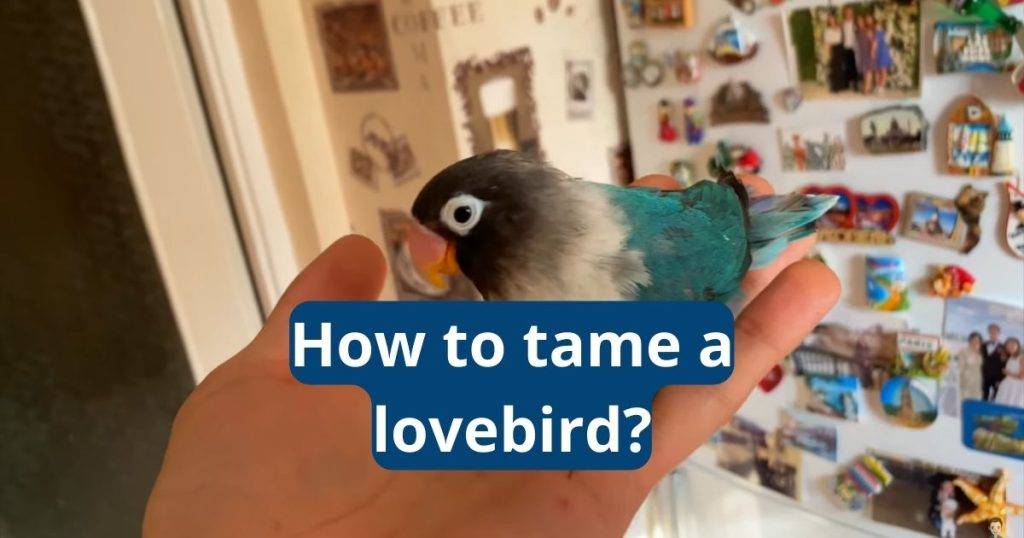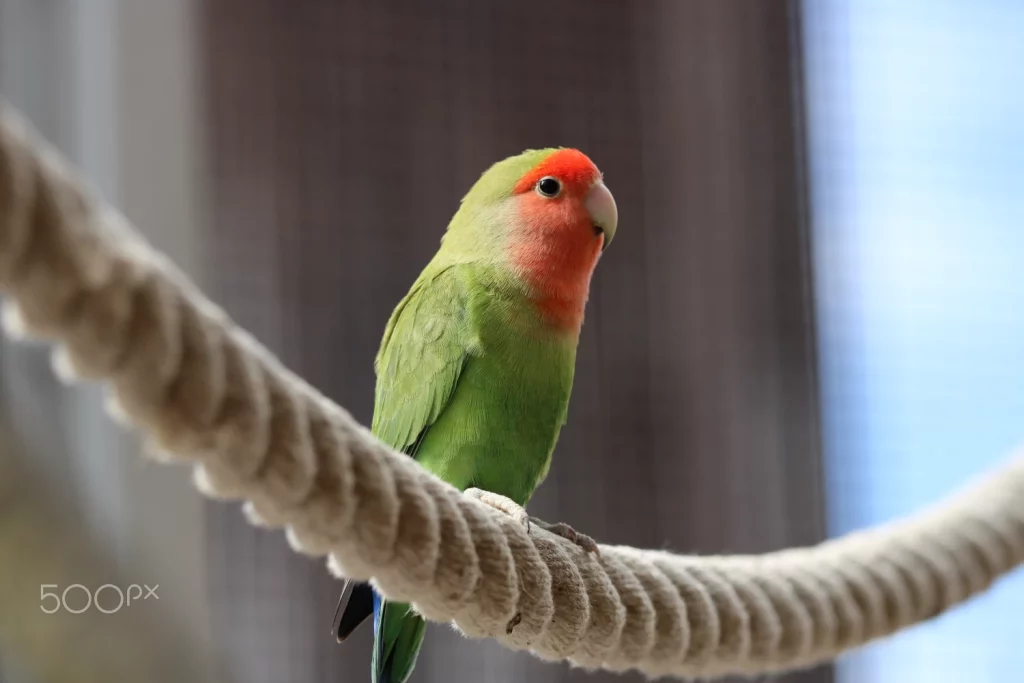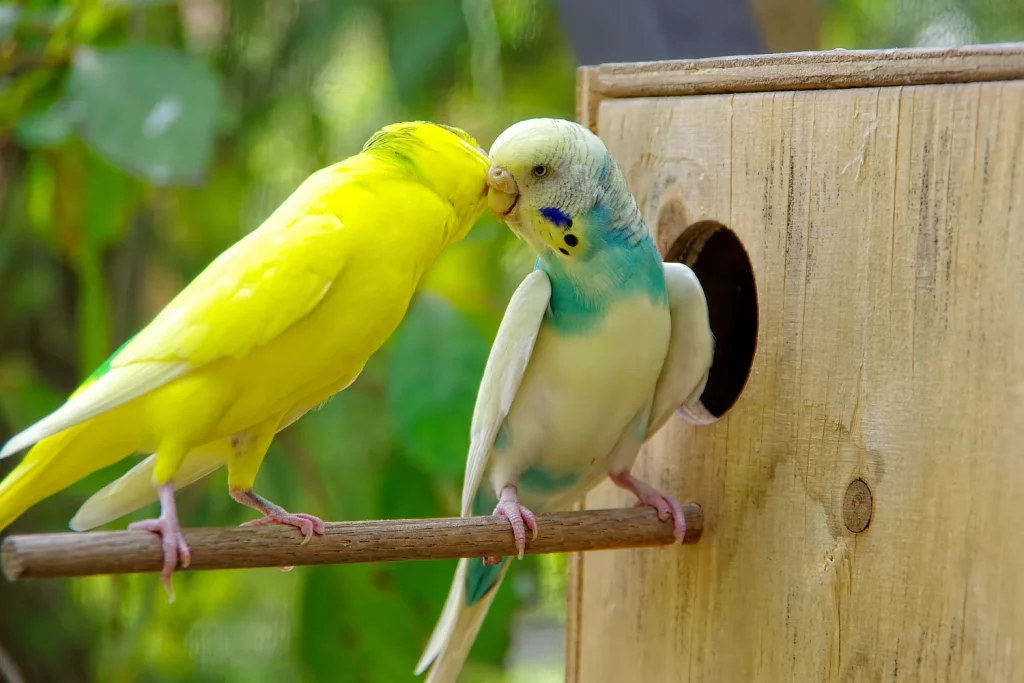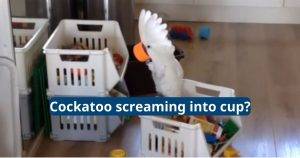How to Tame a Lovebird?

Lovebirds are not easy to tame. They are a pair-bonded bird and will frighten easily when a hand comes into their cage during a state of anxiety. The key is to work slowly and patiently. Short, regular taming sessions beat long sporadic ones. Keep some treats handy and stay close to the cage to let the bird know you are not a threat.
Choose the Right Bird
Whether you’re considering a small bird like a canary or a larger one, you must consider your ability to handle and care for that species. Choosing a bird too large or difficult to care for may prove overwhelming and frustrating to both you and your new pet.
Typically, smaller birds are easier to hand tame, making them ideal for inexperienced owners and families with children. They also tend to have shorter lifespans and require less care, but they can be just as affectionate and playful as larger breeds.
Start by placing your hand near the cage, letting the bird become comfortable with it being there. Move slowly, and talk in a calm voice so that the bird begins to associate your hand with your soft, safe voice.

Start With a Cage
Lovebirds require a lot of stimulation, especially if they’re hand reared. The young birds will need to be let out of their cages in a safe room without open windows for at least 10 minutes a day and given a variety of toys, trinkets and other things to play with and investigate.
Once a lovebird is comfortable in its home environment, it’s time to start taming it. This will take a great deal of patience, but as long as you are consistent, the bird should begin to trust you.
Spend some time sitting near the cage, talking soothingly to it in a quiet voice, and offering it treats every now and then. Short, frequent taming sessions will go far more than longer sporadic ones.

Talk Softly
You want to make the lovebird feel safe and secure, so you need to talk softly and gently. You also need to make sure that the surroundings are comfortable and there are no objects that could potentially be dangerous.
As you chat, the bird will start associating your voice and words with positive things. This will make it more likely to repeat your word, phrase or tune.
Be sure to talk about food and treats. This will give the bird a sense of security and reinforce that it is okay to interact with you. The key is repetition; the more you speak to the lovebird, the more it will learn that your words mean good things. The process will take time, so don’t be discouraged if it doesn’t happen right away.
Start Handling
Lovebirds are very smart and sensitive creatures, so if you’re nervous or stressed during handling, the bird will sense this and feel threatened. Do your best to stay calm and relaxed, especially around food.
Once you’ve built the lovebird’s trust, let it come out of its cage. Give it some time to explore the room and play with dye-free paper, toys that produce noise, perches and ropes. Make sure that all windows are closed and there are no sharp objects within the room to injure the bird.
Be very careful not to grab the lovebird by its wings, legs or tail as this will frighten it and cause injuries. Also, don’t touch the bird’s feet as this can cause lice and other infections. Short, frequent taming sessions are better than long sporadic ones.
Be Patient
Lovebirds need to be given time and space. They can be a challenge to tame, especially if you are dealing with an adult bird that has never been hand-raised. A baby lovebird, however, is much easier to tame as they are naive and trusting.
If a lovebird gets frightened or nervous during the taming process, it may move away from you by shaking its feathers and moving its body side to side. This is a sign that it feels threatened and wants you to leave.
If a lovebird bites you during the taming process, sternly say “No.” This will teach the bird that biting people results in punishment and prevent it from becoming aggressive toward you. Also, don’t jerk your hand away, as this will only make the bird more fearful.



